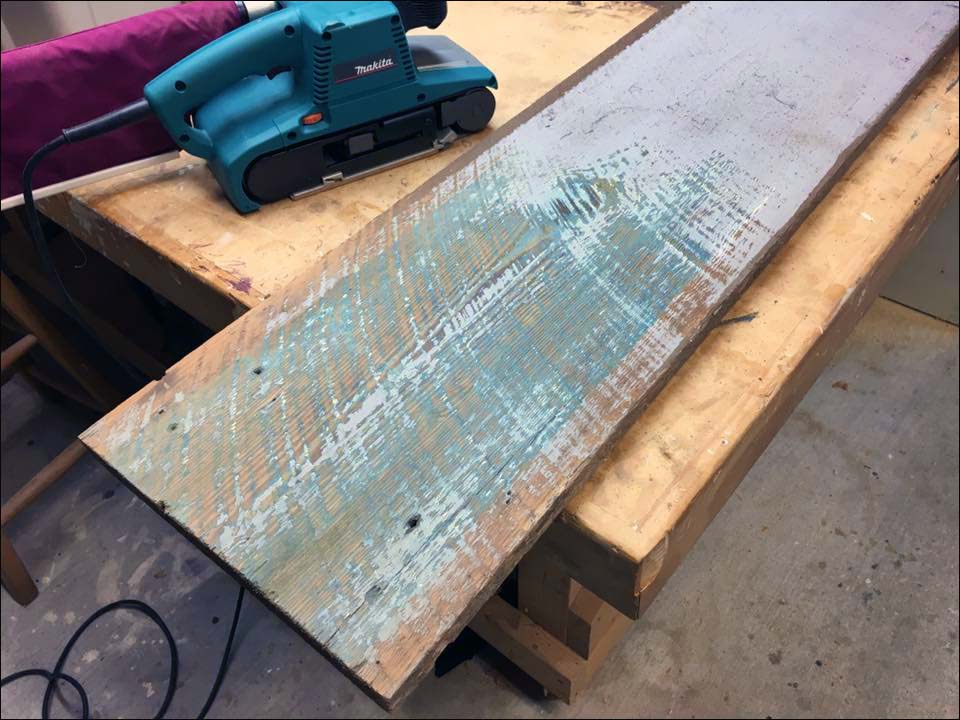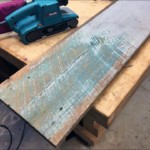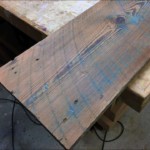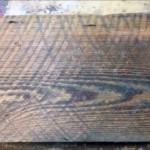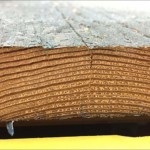A Trip Back to the Heart of Louisiana
A swath of longleaf pine, live oaks and cape myrtles endures the ages in low-rolling hills across Southeast Louisiana just north of Interstate 10. This rural place of small farms, sleepy villages and two-lane roads feels nearly forgotten – timeless and peaceful.
Tourists don’t flock to these green fields and forests. Some people in New Orleans and coastal Cajun country even take pride in saying they never travel north of the interstate; it’s not really true, though. Abita Springs, for example, because it is close to New Orleans and close to I-10, has long been discovered and overpopulated. It remains a lovely town but its quaint nature has become too self-conscious. Oh look, an authentic country store with old pine floors. And they have souvenirs!
My wife, Lisa, and I recently revisited St. Francisville, La., about 40 minutes northwest of Baton Rouge. Country life goes on there as it has nearly everywhere in America; as it did where I was born among the cornfields, backwoods and river bottoms of Southern Illinois. But my birthplace is not like this. South Louisiana seduces the traveler with a set of charms born of her specific geography. She is lush, sultry, a little lazy, almost sad sometimes. They say she has a history.
Last week, I stumbled across a guy who said he had a pile of century-old lumber he salvaged from a shed on his property located a short drive north of Hammond, La, which is located on I-10 just east of Baton Rouge. The wood, he said, was heart pine, which is highly desired by woodworkers like me (I’m a weekend amateur) when it comes from the trees of old-growth forests. He said he had carefully stockpiled most of the boards under a shelter but he was out of storage space and needed to get rid of some odd pieces. He said they were in rough shape – dirty, and a lot of it had been painted years ago. I’m not going to reveal his name or how I heard about him. He likes his privacy.
When someone has salvaged wood you never know if it’s going be something special or just ordinary or damaged. It could be full of bugs and nails, have lots of splits and be buried in coats of paint. You go to see it and hope that trying to use it will be worth the trouble.
An explanation of why lumber milled when the only trees available were in virgin forests can get complicated. In general, many of these trees were slow-growing varieties. As the trees aged, some types developed natural resistance to insects and diseases, making them excellent for exterior applications such as barn siding and shipbuilding. Slow-growth wood can be very dense and strong. I have some beams of longleaf pine from the original Southern Yellow Pine Belt, salvaged from a building in New Orleans, that are so full of plastic-like pitch one can barely drive a nail into it. It was used in the South to build ships and will dull sawblades and drill bits.
Directions to the man’s home included that I should “look for a church but it doesn’t look like a church because it used to be a tractor dealership,” and off I went on a Saturday morning adventure.
This man and his wife are retired professionals in their 60s. About a mile off a highway they have a nice home, several rustic outbuildings and a new workshop he built on the site of the demolished shed. He said they take care of about eight acres. The way he said that indicated they feel a responsibility to it; that they believe the importance of this land outweighs their current legal claim to it. They try to see no harm comes to it. Beyond the house, grassy fields adorned with azaleas, myrtles and live oaks rise and then fall below sight, leaving one to imagine what is unseen. Mowing nearly every day is their exercise program.
He showed me his wood pile. Some of it was so dark with grime it was hard to like. Some of it had obvious potential. But get this; he has been burning this stuff in his fire pit. That’s how much of it he has and how tired he is of looking at the excess.
In the course of chatting, I learned he and I share the disease they call woodworking. He would occasionally disappear into his workshop to get a hand tool to show to me and I would sneak peeks inside. His shop is bigger and nicer than my garage, and it’s air conditioned; mine is not. To investigate what some of this lumber looked like under the dirt, he taught me how to clean it with a block plane, revealing crude sawblade marks made long ago when the tree was milled. Finally, he asked if I wanted to see his shop. I did. He’s similar to me in that he likes to talk shop and has an understanding wife.
Regarding the technology and aesthetics of working with wood, he said, “My wife is the most supportive person in the world, but she doesn’t speak the language.”
An hour later, we toured his lumber storage area and he offered me a few other small boards that were lying around. I told him I would take all he wanted to give. We loaded it into my truck. As I drove down his lane to leave, I was jealous of their life in a clearing in the forest.
—
ABOUT THE PHOTOS – Above are some before-and-after photos of some of the pieces after I got them. I’m going to build a bookcase out of them. The planks are 12 inches wide and a full inch thick. The 2x4s are also full dimensions, unlike the nominal sizes cut by today’s lumber mills. Cleanup revealed the colors of ancient heart pine. The growth rings of this plank are tight – more than twice as many per inch as modern lumber, making the wood dense and stable – good for building houses and furniture. Trees planted now for use as lumber are fast-growing varieties that do not share some of the most beneficial qualities of their predecessors.
Guy D. Johnson is a writer and marketing communications professional. Previously an animation studio owner, daily newspaper editor, reporter and photographer, volunteer fireman, railroad bridge gang helper, FM radio station underling and cave guide. He has lived on farmland trusted to the sun and rain; atop a wooded hill; beside great rivers; upon an arid, high plateau; and at the subtropical coast of the Gulf of Mexico. For 20 years, he worked and wrote in New Orleans.

